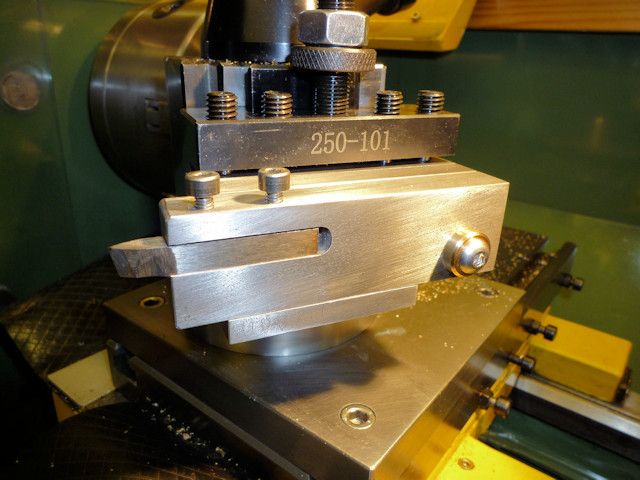Couple of points,
Steve Crow has a thread running at the moment on rack cutting gear wheels. The method has been discussed on this forum and is described in detail on the Helicron website.
Rack cutting is the cheapest way of home cutting a metal gear and its not difficult to make the necessary cutter. Being able to make any modulus required is a big advantage, the disadvantage is home-made cutters don't last as long as professionally made ones. But rack-cutters do a good job on softer metals and should cut several gears minimum. (My heat-treated silver-steel rack-cutters are into double figures in brass and aluminium.)
Provided the teeth aren't too small, a 3D printer will make acceptable gears, but – depending on the plastic – they may wear quickly. Who cares? Treat them as disposable! Once the STL is available, print a new one.
Second point : is it worth doing at all?
Imperial threads are all defined in Turns-per-inch. With TPI there's a straightforward relationship between spindle and lead-screw. A Thread Dial Indicator that helps the operator reposition the cutting tool correctly into a thread is easy-peasy to design and use.
Unfortunately Metric threads are all defined in pitch. In this system the relationship between spindle and lead-screw isn't straightforward. My metric mini-lathe came with three different TDI gears and care was needed using them. My metric WM280 has a single TDI wheel, but the TDI doesn't cover all the metric threads the lathe can produce, including a few common ones.
As a metric TDI has to be approached with caution, metric lathes may not be fitted with one by design. A different technique is used to cut metric threads. Typically the operator powers in and out of the cut without disengaging the half-nuts. May be a little slower than using a TDI, but it eliminates mistakes and the need for a TDI. Note the TDI method isn't always faster than reversing out because some threads force the operator to wait for the TDI to make up to a full revolution before re-engaging.
Is a metric TDI worth having? My answer is 'maybe'. I use mine when it's obviously faster, otherwise I don't bother with it.
Would be interesting to compare Imperial TDI vs Metric reversing-out in a race to make several hundred studs.
While Imperial-TDI is likely to be faster, it depends on the operator banging in the half-nuts reliably on cue. Could be a TDI causes more rejects once the operator is bored out of his mind!
Despite being a metric fanboy, I think TPI threads are one of the few examples of Imperial having a real advantage over Metric.
Dave
Edited By SillyOldDuffer on 14/04/2020 10:19:14
Derek Greenhalgh.





